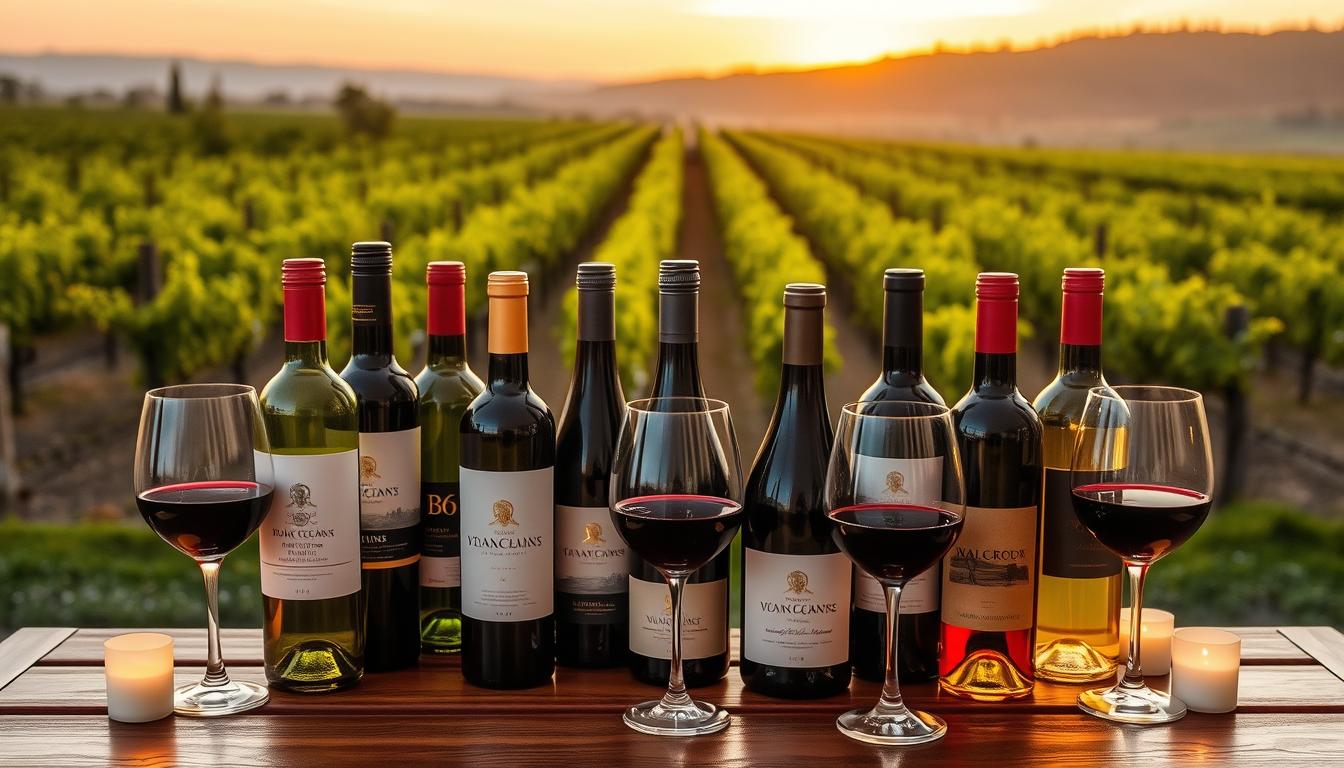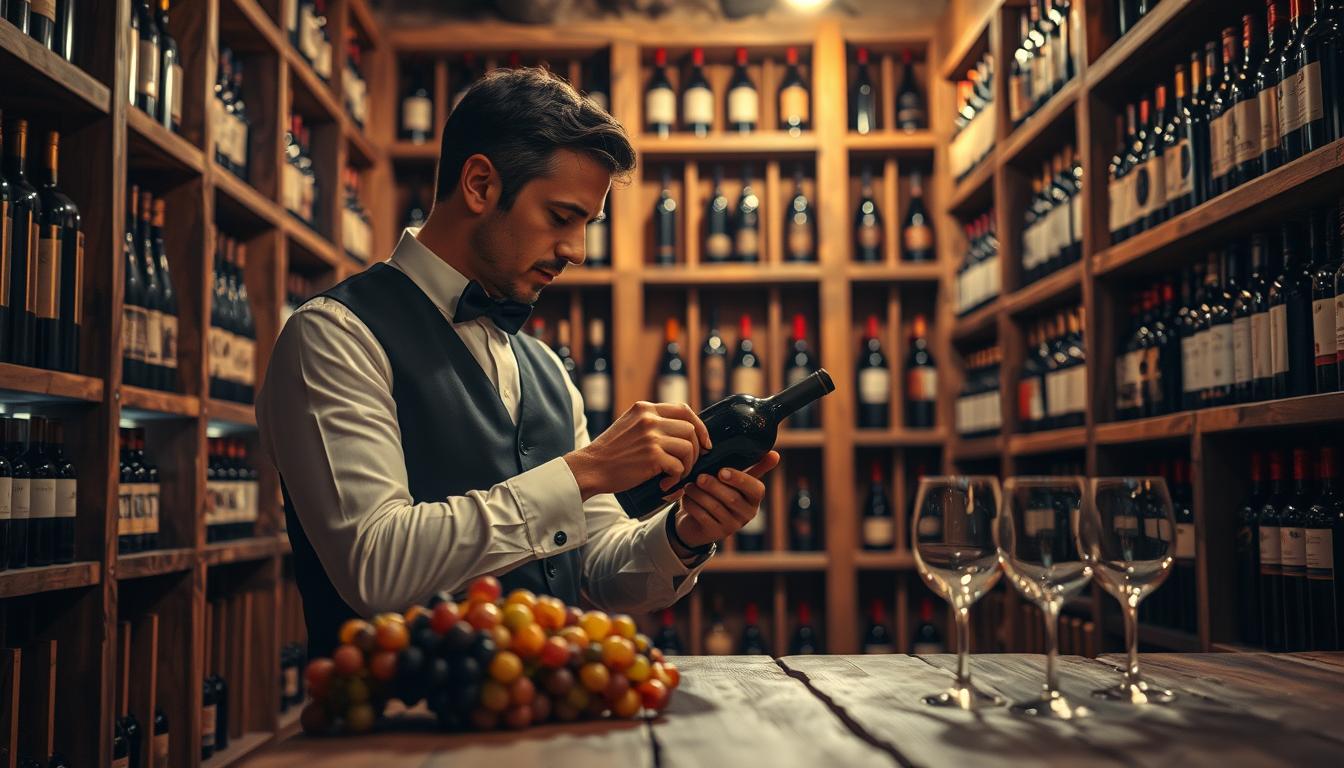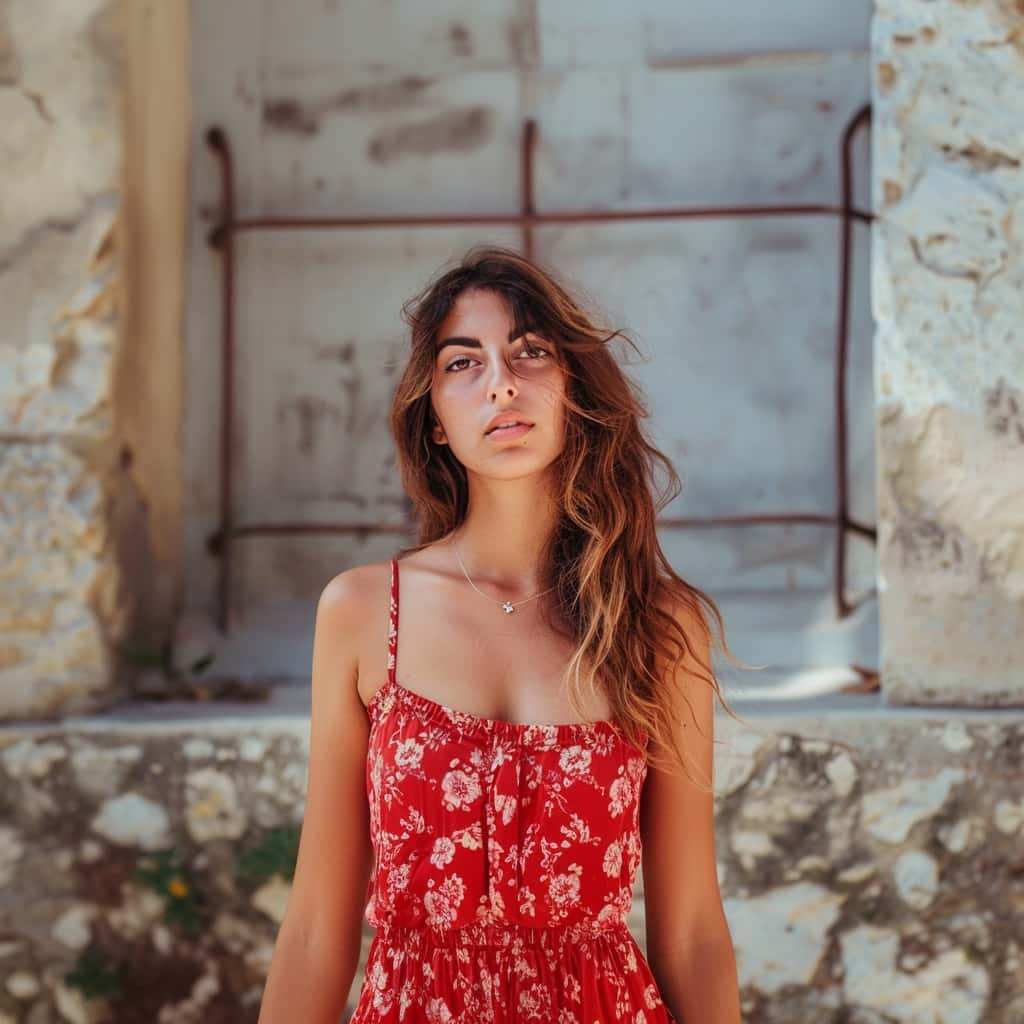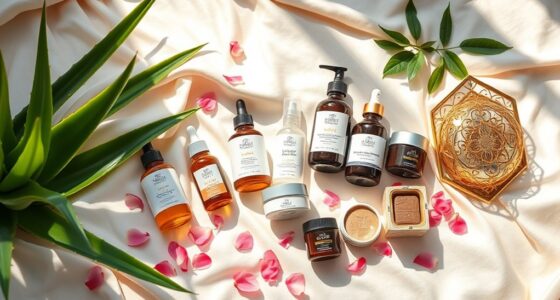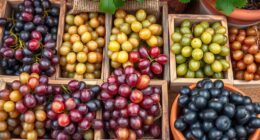Picture a cozy evening, candlelight flickering, and the aroma of a delicious meal wafting through your home. As you pour yourself a glass, you recognize that a great wine can enhance not just your meal, but your entire experience. Choosing the right bottle is about more than taste; it’s about celebrating moments, savoring connections, and discovering new favorites. In 2023, the world of wine offers a luxurious assortment of top-rated wine selections that cater to every palate and preference. From award-winning producers to emerging winemakers, there’s a selection waiting to be explored.
This guide will help you navigate the best wines of the year, curated for both quality and affordability, ensuring that whether you’re hosting a grand dinner party or enjoying a quiet night in, you’ll find the perfect premium wine choice to accompany your occasion. Dive in and uncover the delightful depths of flavor and excellence in today’s finest bottles!
Key Takeaways
- This year’s selection highlights best wines from renowned producers and innovative newcomers.
- Discover top-rated wine selections that suit various tastes and budgets.
- Explore the significance of wine ratings and what makes a wine stand out.
- Uncover deals on premium wine choices that won’t break the bank.
- Dive into both well-known regions and emerging areas that are producing exceptional wines.
Introduction to the Best Wines of 2023
The wine landscape in 2023 reflects a blend of tradition and innovation. As you explore the best wines this year, you will notice shifts driven by evolving consumer preferences. Emphasis on sustainable and organic practices is heightened, and a strong interest in unique regional offerings and lesser-known varietals shapes wine industry trends.
This year’s selections highlight quality wines that have garnered expert ratings and consumer appreciation. For instance, notable offerings like NSO By Dusty Nabor 2021 Syrah, which received a stellar rating of 95, and Podere Giardino 2020 Suoli Cataldi Sparkling Blend, rated equally high, showcase the excellence being produced across various regions.
To give you a clearer picture, here’s a detailed table of top-rated wines from 2023:
| Wine | Varietal | Region | Rating |
|---|---|---|---|
| J. Lohr 2021 South Ridge Syrah | Syrah | Paso Robles | 93 |
| Famille Perrin 2021 Réserve | White Blend | Côtes du Rhône | 92 |
| Noble Vines 2020 337 Cabernet Sauvignon | Cabernet Sauvignon | Lodi | 92 |
| Joseph Cattin 2021 Orange Pinot Gris | Pinot Gris | Alsace | 94 |
| Gonzalez Byass NV Tio Pepe Fino | Palomino | Jerez | 94 |
Such a variety of wines offers a chance to taste and appreciate the strengths of each region. As you expand your palate, consider how different vintages and unique crafting techniques contribute to the overall experience. The ratings, which range from 90 to 97, speak volumes about the quality wines available this year.
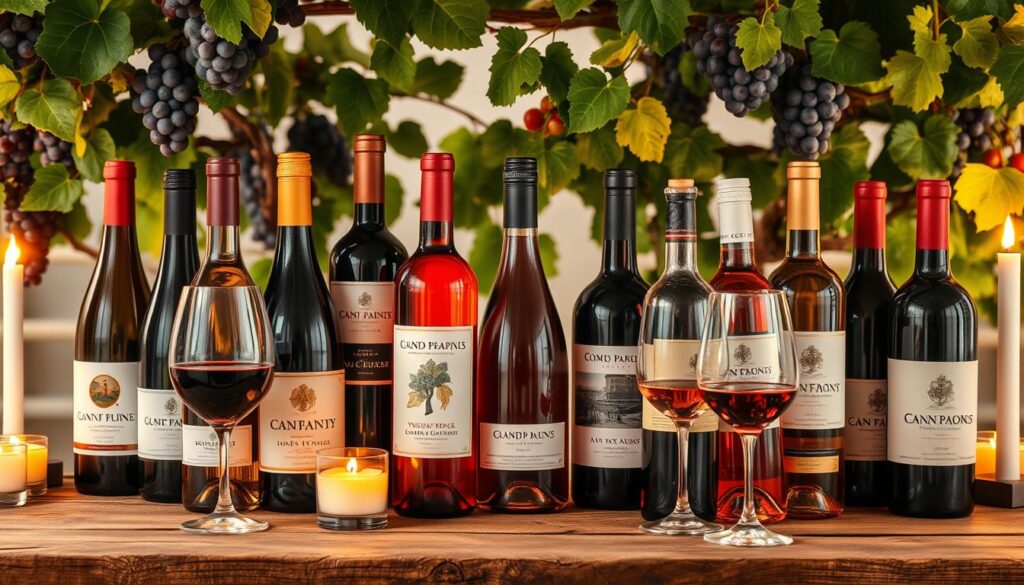
Celebrated Top Picks for Wine Enthusiasts
For wine enthusiasts seeking the best, this year’s celebrated wines stand out for their exceptional quality and remarkable scores. Highlighting selections from various esteemed wineries, these top picks represent the pinnacle of winemaking, showcasing both craftsmanship and flavor. Each bottle has gained praise from prominent critics, making them highly desirable choices.

Among the stellar offerings, the 2018 Chateau St. Jean Cinq Cépages Red Blend from Sonoma County shines with a prestigious 95 points from James Suckling. The 2019 Roth Ode to the Beast Cabernet Sauvignon, receiving 95 points from Wine Enthusiast, also deserves a spot on your list for its bold character and depth. Meanwhile, the 2018 Chalk Hill Estate Red, which scored 95 points from The Tasting Panel Magazine, delivers a rich, complex profile that promises an enticing wine tasting experience.
Additionally, the 2019 Merus Cabernet Sauvignon from Coombsville garnered an impressive 94+ points from Robert Parker’s Wine Advocate, and the Roth 2019 Reserve Cabernet Sauvignon matches this quality with a score of 94 points from Wine Enthusiast. The Silverado Vineyards SOLO Cabernet Sauvignon, boasting a score of 95 points from Decanter, exemplifies the high standards of Napa Valley wines. Rounding out this elite selection, the 2019 Sebastiani Cherryblock Cabernet Sauvignon offers 94 points, affirming its place among the celebrated wines of this year.
Wine tasting experiences with these selections promise to be memorable, whether for intimate gatherings or special occasions. Enthusiasts will surely appreciate the depth, character, and craftsmanship found in these remarkable wines, reinforcing their status as top picks for wine enthusiasts across the nation. Furthermore, the diversity of flavors and aromas offered by these selections will undoubtedly impress even the most discerning palates. For those seeking to add a touch of elegance to their celebrations, our sparkling wine recommendations are guaranteed to delight guests and elevate any occasion. With these exceptional wines, every sip is an opportunity to savor the artistry and passion of the winemakers behind each bottle.
Best Wines: A Curated Selection
Exploring the best wines from around the world reveals a curated wine selection that celebrates not only flavor but also the artistry of winemaking. By highlighting notable wine regions, you can discover how geography influences the unique characteristics of each wine. A deep dive into vintage quality and ratings provides valuable insights for selecting the finest bottles, enhancing your wine journey.
Notable Wine Regions to Explore
Wine lovers should venture into renowned areas that produce exceptional wines. Consider these notable wine regions:
- Napa Valley – Famed for its Cabernet Sauvignon, Napa’s climate nurtures wines with bold flavors and a smooth finish.
- Bordeaux – Known for its intricate blends, Bordeaux wines offer a harmony of fruit and earthiness.
- Tuscany – Home to Sangiovese, Tuscany produces wines that embody rich fruit notes paired with a pleasant acidity.
- Marlborough – Celebrated for its Sauvignon Blanc, this region offers vibrant wines that burst with tropical flavors.
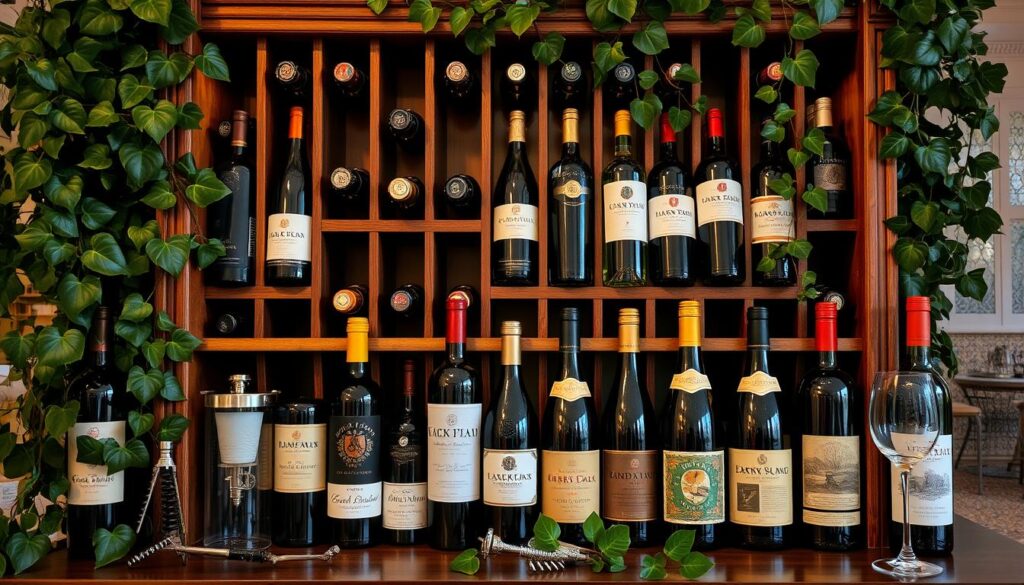
Understanding Vintage Quality and Ratings
Knowing the vintage quality is essential when making your wine choices. Different vintages can vary significantly due to seasonal conditions, which directly affects quality and taste. For 2023, here are some key observations:
- 2020 had standout selections, such as the J. Lohr Hilltop Cabernet Sauvignon.
- 2021 provided impressive options, including the 2021 K Vintners Motor City Kitty Syrah, which garnered high ratings.
- 2022 wines, like the 2022 Petrolo Galatrona IGT Merlot, showcased remarkable quality and value.
Recognizing the importance of these factors will enhance your appreciation of wines, making every bottle a potential favorite in your curated wine selection.
Award-Winning Wine List for 2023
As you explore the world of wine in 2023, you’ll find an impressive array of award-winning wines that promise to elevate your tasting experience. Renowned producers like Château Lynch Bages and Antinori have once again impressed with their exceptional offerings. Their wines have received accolades at international competitions, showcasing a blend of tradition and innovation.
Highlights from Renowned Producers
This year, more than ever, the spotlight shines brightly on established names in the wine industry. Some highlights include:
- Château Lynch Bages: Recognized for its outstanding blending of Cabernet Sauvignon and Merlot, this Bordeaux is a staple among award-winning wines.
- Antinori: The iconic Tuscan winery continues to produce elegant wines that reflect the essence of their terroir.
- Louis M Martini: Their Lot No. 1 exemplifies the rich character of Napa Valley Cabernet with meticulous craftsmanship.
Emerging Winemakers and Unique Selections
While renowned producers dominate the conversation, emerging winemakers are pushing boundaries with their creative approaches. These innovative talents are crafting unique selections that challenge traditional norms. Look out for:
- St. Andrea: Their Egri Bikavér Grand Superior has caught the attention of wine enthusiasts.
- Ao Yun: This Chinese winery is making waves on the international stage with its exceptional red blends.
- New Zealand’s diverse offerings: Some newcomers are bringing innovative wines that go beyond just pinot noir and chardonnay.

High-Quality Red Wines to Savor
When it comes to finding high-quality red wines, the options are plentiful. Selecting from top selections can ensure that you enjoy every sip, whether it’s a casual meal or a special occasion. This section explores some of the best red wines available and suggests perfect pairings to enhance your experience.
Top Red Wine Selections
You can consider these noteworthy wines as you explore the world of high-quality red wines:
- Dunn Cabernet Sauvignon Howell Mountain – A bold and structured choice.
- Pichon Baron Pauillac – Rich, with deep complexity and elegant tannins.
- Virgile Joly Merlot 2017 – Priced at £11.99 for members, perfect for newcomers.
- Montes Alpha Carménère – Affordable at around £7, showcasing flavors of dark fruit.
- Zalze GSM Blend – A delightful mix for under £8, exuding fruitiness.
Exploring Flavor Profiles and Pairings
Understanding flavor profiles can elevate your wine tasting adventures. Here’s a brief overview of how specific wines pair beautifully with food:
- Dunn Cabernet Sauvignon pairs excellently with grilled steak.
- Pichon Baron Pauillac complements lamb dishes beautifully.
- Virgile Joly Merlot works well with roasted chicken or mushroom risotto.
- Montes Alpha Carménère enhances spicy dishes like churrasco.
- Zalze GSM Blend pairs nicely with pasta and tomato sauces.
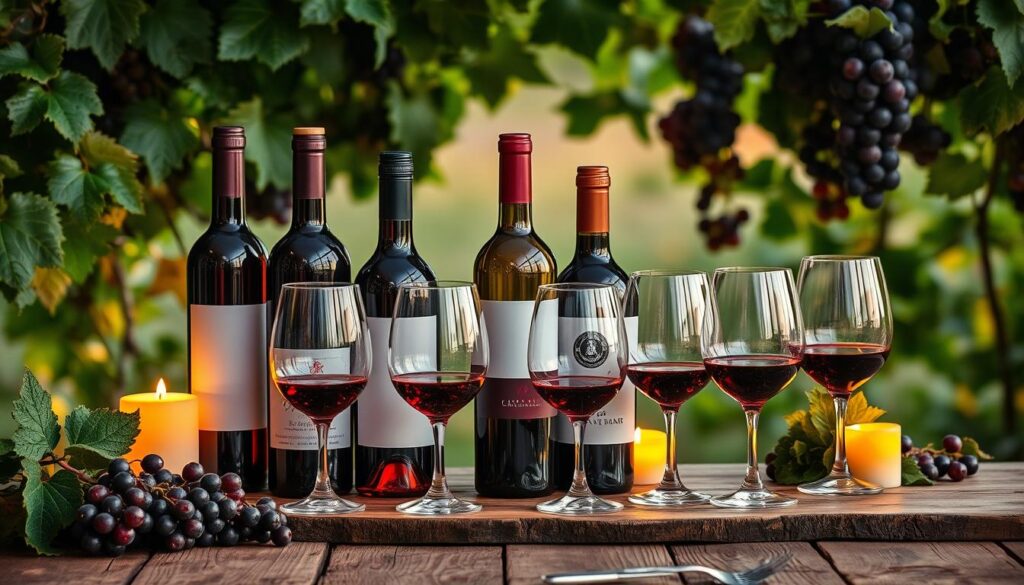
Finest White Wines of the Year
The world of white wines is rich and varied, featuring exceptional selections sure to please your palate. Among the finest white wines this year, you can delight in remarkable offerings that showcase distinctive qualities and nuanced flavors. Notable stars include the 2022 Raen Lady Marjorie Sonoma Coast Chardonnay, receiving a breathtaking score of 99 points from jamessuckling.com for its vibrant acidity and exquisite balance. Another standout, the 2021 Paul Lato Done & Done Rincon Vineyard Chardonnay scored 97 points from jebdunnuck.com, presenting a luxurious mouthfeel with crisp citrus notes.
Rieslings are also making waves with their impressive profiles. The 2020 Markus Molitor Urziger Wurzgarten Gold Capsule Riesling Auslese earned 96 points from Robert Parker’s Wine Advocate, celebrated for its luscious sweetness and mineral undertones. Complementing this is the 2021 Weingut Kunstler Erbacher Marcobrunn Riesling GG, shining brightly with another 99 points, admired for its perfect harmony and floral aromas.
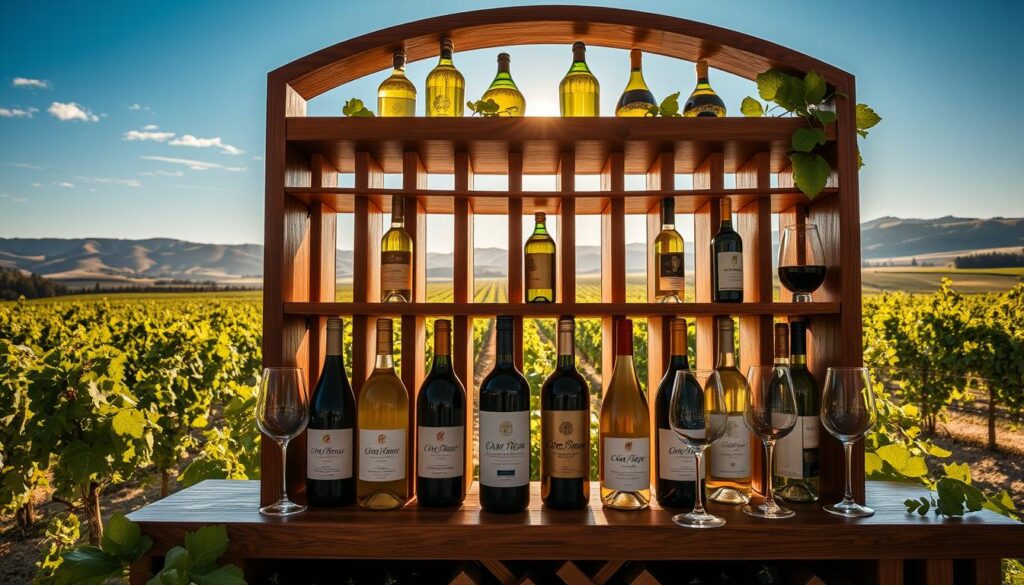
When exploring these premium selections, consider how each wine’s origin influences its character. The 2018 Chateau Grillet Vin Blanc scored 98 points, showcasing the elegance of the Rhône Valley. For those seeking a blend experience, the 2020 Chimney Rock Elevage Blanc, containing 78.5% Sauvignon Gris and 21.5% Sauvignon Blanc, offers a refreshing twist with crisp acidity.
To make informed decisions when selecting white wines, take note of the ratings and tasting notes associated with these wines. You may find that wines like the 2013 Chateau Margaux Pavillon Blanc, rated at 95 points, also hold a prestigious position among the finest white wines available. Whether for personal enjoyment or as a thoughtful gift, these options will surely elevate your experiences and gatherings.
The Best Value Wines Under $40
When searching for the best value wines under $40, you unveil a world of exceptional quality and affordability. In this price range, many options deliver remarkable taste without stretching your budget. A substantial 61% of the wines in recent tastings rated at 5.0, emphasizing stunning quality. Those looking for top-rated options will appreciate the selections that impress with scores over 90 points. With an average price of $34.53, luxury doesn’t have to mean extravagance.
Top Rated for Quality and Affordability
Your journey to discover the best value wines leads you to brands like Luc Belaire. This brand boasts four top-rated wines, marking it as a favorite among wine enthusiasts. Among various styles, sparkling wines and ports shine brightly, both averaging 4.9 in ratings. If you prefer white or red, expect an average rating of 4.92 and 4.63, respectively. Notably, 88% of the red wines fall under $40, making it the ideal choice for budget considerations.

How to Choose Budget-Friendly Wines
Choosing budget-friendly wines requires a little strategy. Here are ways to enhance your selection:
- Look for wines scoring 94 points or higher, as these indicate great value.
- Explore regions known for outstanding value, such as Armenia, which has the highest number of affordable wines reviewed.
- Consider wines like Malbec from Argentina, especially from the 2021 vintage, known for their quality, or Chenin Blanc from outside its traditional regions, offering surprising value.
- Don’t overlook Cava, typically priced between $15 and $30, which consistently delivers on taste.
The best value wines provide an array of choices while ensuring you experience top-quality options without exceeding your budget. Making informed selections can lead to delightful discoveries in the world of wines.
| Wine Type | Average Rating | Percentage Under $40 |
|---|---|---|
| White Wines | 4.92 | 12% |
| Red Wines | 4.63 | 88% |
| Rosé Wines | 4.7 | – |
| Sparkling Wines | 4.9 | – |
| Port | 4.9 | – |
Premium Wine Choices for Special Occasions
When it comes to celebrating life’s significant moments, premium wine choices can elevate any gathering into a memorable experience. Opt for luxury wines like the Laurent-Perrier Champagne Grand Siècle Grande Cuvée or the Château Figeac, which have been crafted with meticulous care and attention to detail. A truly remarkable wine should showcase an uncommonly delicious profile, complexity, and a balanced finish that lingers on the palate, making it a worthy addition to your special occasions.
At the recent Food & Wine Classic in Aspen, selections like the 2019 Biondi-Santi Brunello di Montalcino and 2012 Champagne Collet “Esprit Couture” Brut were praised for their exceptional quality. These wines are often the top offerings from iconic producers, prized for their rarity and captivating packaging. Additionally, large-format bottlings, such as the 2019 Martaella Estate Pinot Noir from Benovia, serve as stunning show-stoppers at events and are sure to impress your guests.
Today’s wine landscape is rich with emerging winemakers reviving traditional grape varieties and incorporating innovative techniques. So whether you are leaning toward a classic Champagne or a bold red Rioja, know that your choice of wine not only enhances the occasion but also creates lasting memories. Explore a range of premium wine choices that fit any celebration and truly make your gatherings extraordinary.
